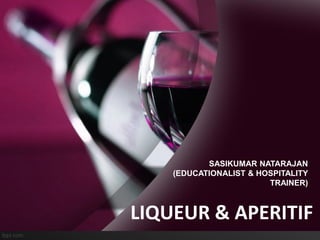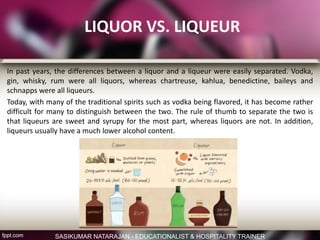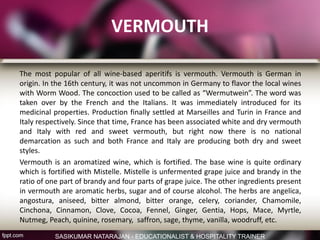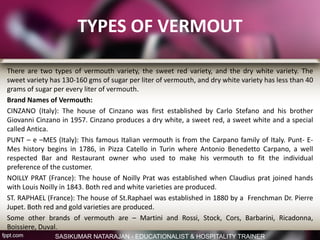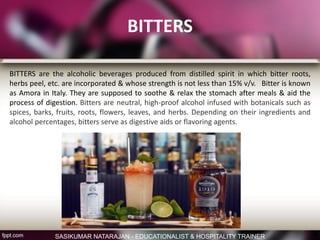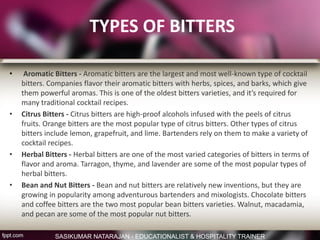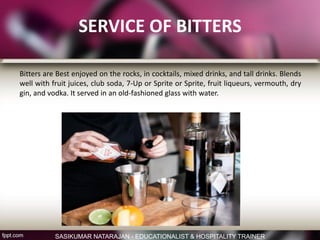The document provides an extensive overview of liqueurs and aperitifs, detailing their definitions, classifications, manufacturing methods, and uses in drinks and cooking. Liqueur is defined as a sweet, flavored spirit, often used as a digestive or cocktail ingredient, while aperitifs, primarily wine-based, are designed to stimulate appetite before meals. It also compares liqueurs to bitters, discussing their types, serving methods, and examples of popular brands.
